Established half a century ago, it is nearly impossible to visit Hong Kong these days and not encounter impressive landmark developments which incorporate the work of J. Roger Preston (JRP). A list of their projects reads like an inventory of Hong Kong’s iconic landmarks and includes HongKong Bank Headquarters (HSBC), Two IFC, the recently completed International Commerce Centre (ICC) in Kowloon and the new Government Headquarters complex at Tamar.
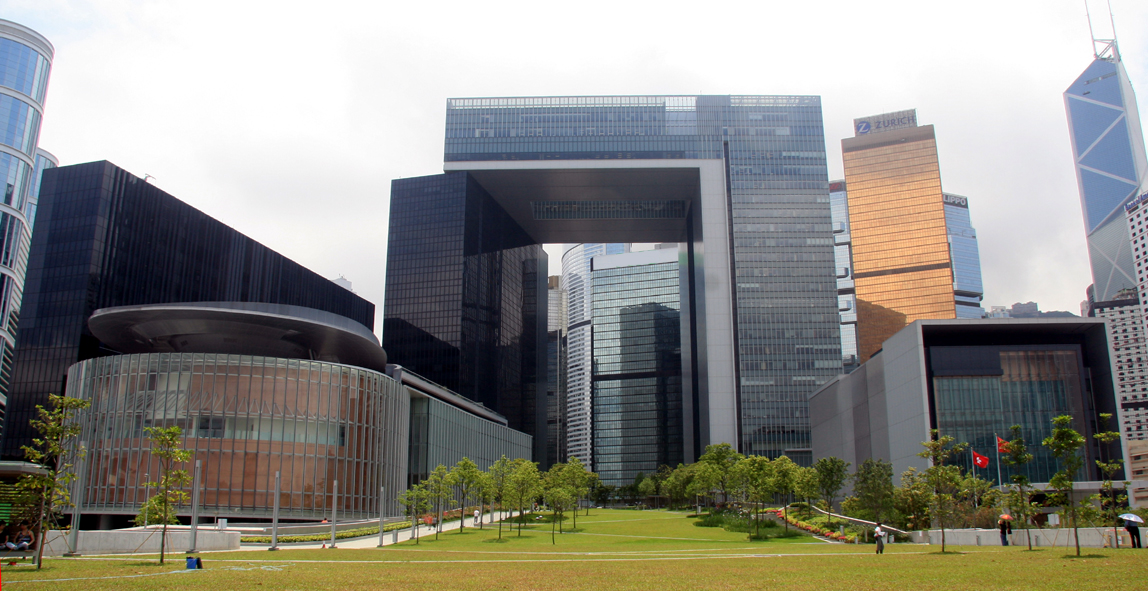 To mark the occasion of their 50th Anniversary, PRC recently met with JRP company directors Victor Cheung, Joseph Leung, Albert To and HK Yung.
To mark the occasion of their 50th Anniversary, PRC recently met with JRP company directors Victor Cheung, Joseph Leung, Albert To and HK Yung.
Mr J. Roger Preston founded the firm that bears his name in the United Kingdom. The firm, originally established in 1926, later established its Asia Pacific practice in Hong Kong in 1962. As industry leader, JRP has developed specialties including Mechanical and Electrical Engineering, Building Services Engineering and Project and Construction Management.
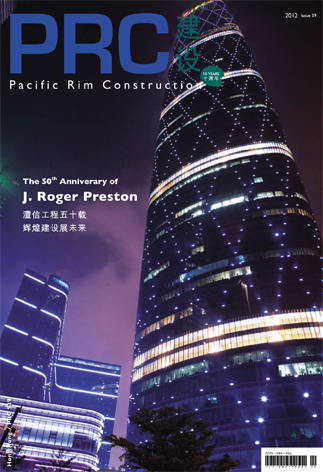 Throughout their 50-year history in Asia, JRP has seen their business grow consistently and have expanded throughout China and Southeast Asia. Their experience and worldwide presence has enabled JRP to service projects covering virtually every type of building. JRP has played a major role in the construction of a broad range of Hong Kong’s most important developments across the spectrum of commercial, residential, industrial, health care and educational facilities and infrastructural projects and have made significant contributions to industry in the areas of technology innovation and sustainability initiatives.
Throughout their 50-year history in Asia, JRP has seen their business grow consistently and have expanded throughout China and Southeast Asia. Their experience and worldwide presence has enabled JRP to service projects covering virtually every type of building. JRP has played a major role in the construction of a broad range of Hong Kong’s most important developments across the spectrum of commercial, residential, industrial, health care and educational facilities and infrastructural projects and have made significant contributions to industry in the areas of technology innovation and sustainability initiatives.
The storied success of JRP has centred on innovation. Director Joseph Leung explains, “Two projects that we are particularly proud of are One Peking and Two IFC. Although it is not a particularly large building, One Peking has been an influential project, incorporating the use of PV panels in the façade – beautifully integrated into the design. The site also used PV to drive a lot of internal components such as automatic blinds to shield off solar heat entering the building, together with the use of solar sensors and irradiance sensors.”
At the time of its construction Two IFC was the tallest building in Hong Kong. This highly complex mega-project required a totally different design approach that included strategic hydraulic zoning for the seawater cooling plant, chilled water supply with adequate cooling capacity and flow rate to serve many world financial institutions and the Hong Kong Monetary Authority.
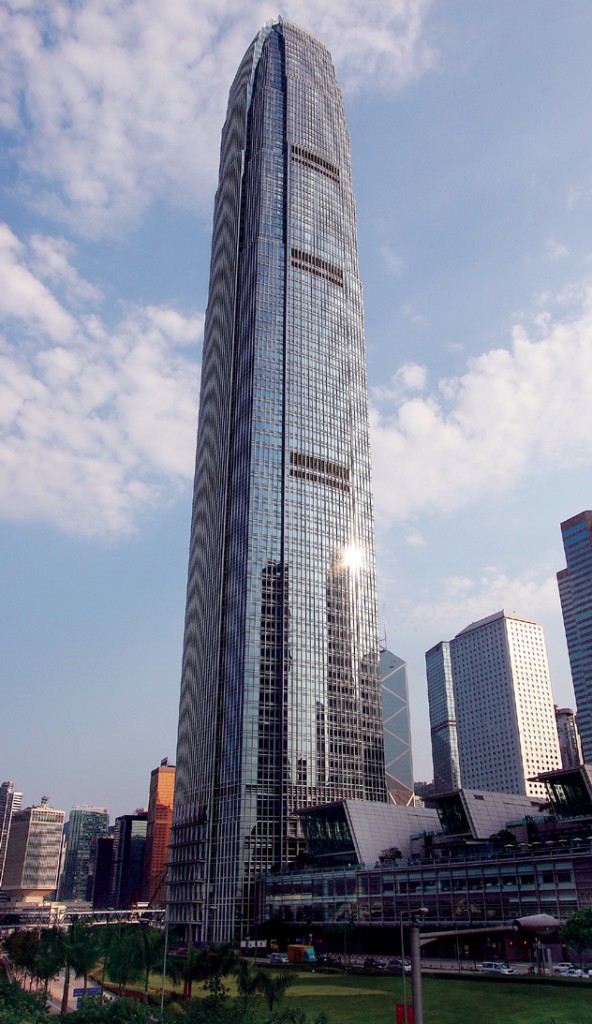 Similarly, the electrical design including transformers located at mechanical floors whereby the power supply, reliability, energy efficiency and resilience are brought to its maximum life cycle values. A sophisticated surveillance system features CCTV and BMS systems, which for the first time were able to bring almost “real time” response for over 800 security cameras and over 120,000 BMS points.
Similarly, the electrical design including transformers located at mechanical floors whereby the power supply, reliability, energy efficiency and resilience are brought to its maximum life cycle values. A sophisticated surveillance system features CCTV and BMS systems, which for the first time were able to bring almost “real time” response for over 800 security cameras and over 120,000 BMS points.
Rather than taking the traditional design approach and using copper wiring, JRP relied on its innovative nature and decided to use structural cabling with fibre optics as the building’s signal transmission media. The experience gained from Two IFC has provided a solid foundation for their subsequent work on International Commerce Centre and Ping An IFC in Shenzhen, establishing JRP’s reputation as market leader in high-rise buildings.
Innovations in sustainability are also found commonly within JRP’s work. “More and more developers are anxious to be able to market new buildings as sustainable and some of the clients even go further, in terms of institutional clients, they want to be involved in zero carbon projects. It is everyone’s responsibility,” said Director Albert To.
Director HK Yung adds, “Clients are willing to invest more upfront if the building is green; this sort of idea is becoming more popular. It is easier to build green buildings at the outset, rather than to go back in a few years to change them.”
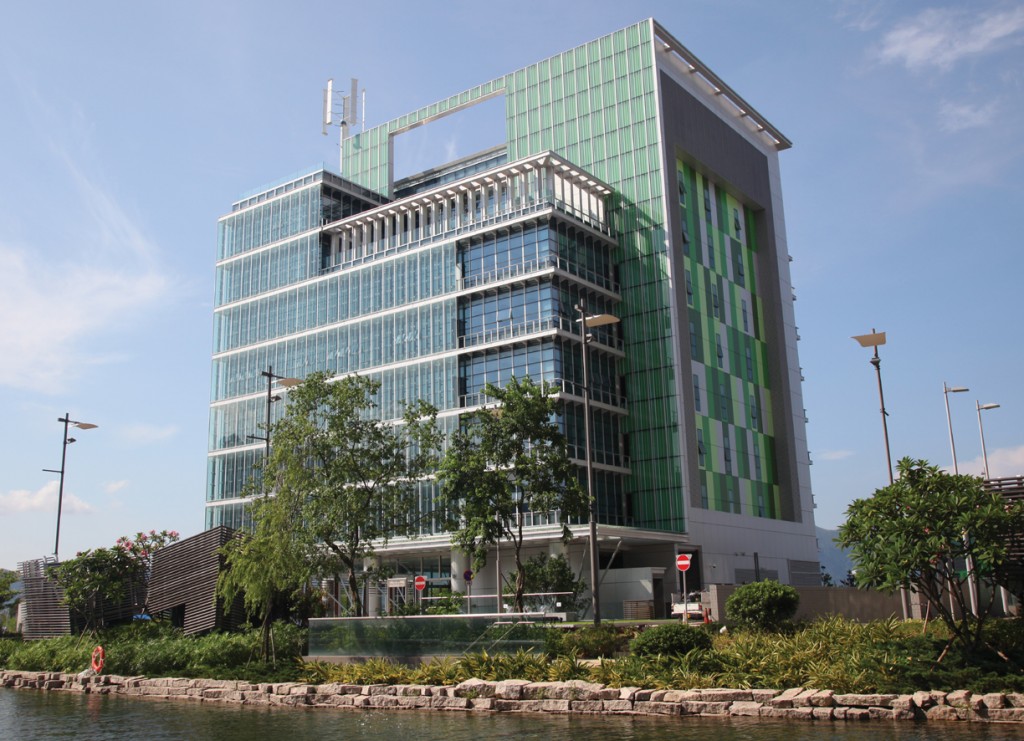 Their work at Science Park’s Green 18 building highlights the company’s commitment to environmental sustainability, brought on through innovation. Although Green 18 is not particularly large it has made use of some ground-breaking sustainable and innovative features, including natural ventilation in its atrium and the use of 3D Building Information Modelling (BIM). In using BIM, all the data on the building is stored within the design and can be accessed for future use.
Their work at Science Park’s Green 18 building highlights the company’s commitment to environmental sustainability, brought on through innovation. Although Green 18 is not particularly large it has made use of some ground-breaking sustainable and innovative features, including natural ventilation in its atrium and the use of 3D Building Information Modelling (BIM). In using BIM, all the data on the building is stored within the design and can be accessed for future use.
Director Victor Cheung adds, “Green 18 is the first commercial building to use natural ventilation. In the winter months there is no need to use air conditioning in this building. Using air conditioning in the open space of an atrium can be terribly wasteful.” The Science Park Phase 3 development has adopted the sustainable and innovative features of Green 18 as the basis to meet its low carbon design objective.
JRP looks forward to enjoying a continued presence as one of Hong Kong’s leading engineering consultancies. They have various noteworthy projects in the pipeline, including but not limited to developments in the Kai Tak area and the West Kowloon Cultural District (WKCD), healthcare projects and heritage projects. JRP is working on Hong Kong’s first district-cooling project in Kai Tak whilst the WKCD promises to provide continued opportunity for the next decade.
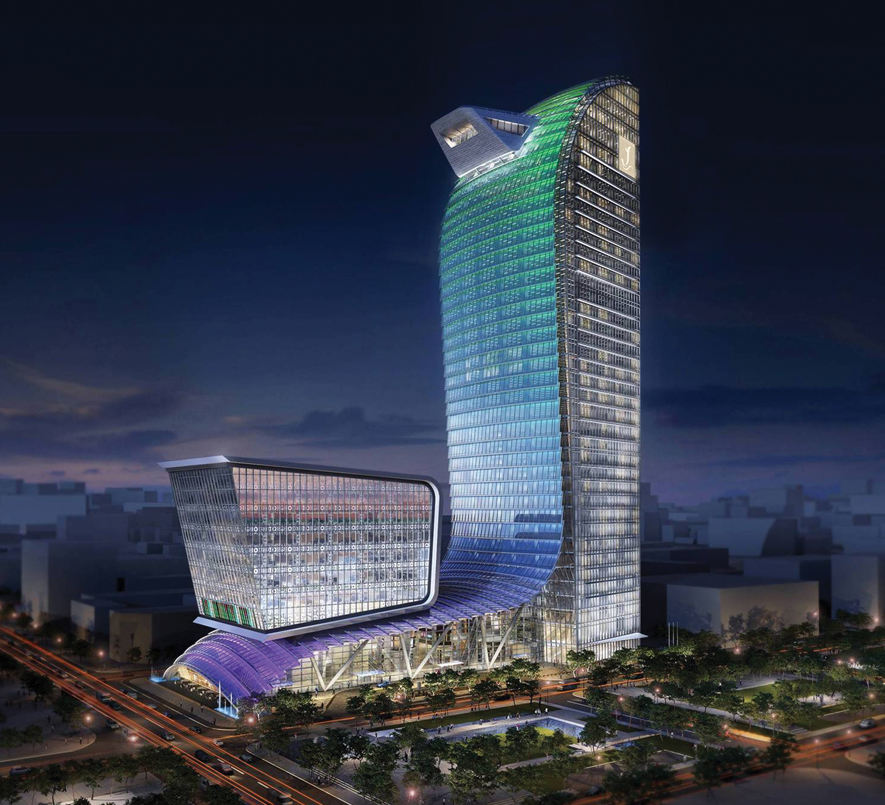 JRP’s future work opportunities in healthcare will include the Centre of Excellence for Paediatrics and the extension of Queen Mary Hospital and Union Hospital. There are numerous sustainability concerns that contribute to design decisions when building a modern, specialized medical facility. The design must intrinsically include plans for pressurization, bacteria control and energy saving.
JRP’s future work opportunities in healthcare will include the Centre of Excellence for Paediatrics and the extension of Queen Mary Hospital and Union Hospital. There are numerous sustainability concerns that contribute to design decisions when building a modern, specialized medical facility. The design must intrinsically include plans for pressurization, bacteria control and energy saving.
Victor Cheung expounds, “Technology has changed things in these arenas over recent years. Hospitals are big energy users and now we can inject a lot of sustainability and energy conservation elements into the design, specifically: energy recovery and renewable energy technologies such as solar hot water.”
Albert To perceives opportunity in JRP’s expanding work with heritage sites. “We are currently working on the redevelopment of the Central Police Station which is an extremely interesting project. We can’t just take down walls and rebuild them. We have to work with the Antiquities and Monuments Office (AMO) and the architects to ensure that all stautory requirements are followed, whilst at the same time maintaining the historical value of the original architecture. I feel Hong Kong people recently are tending to be more conscious of the city’s heritage.”
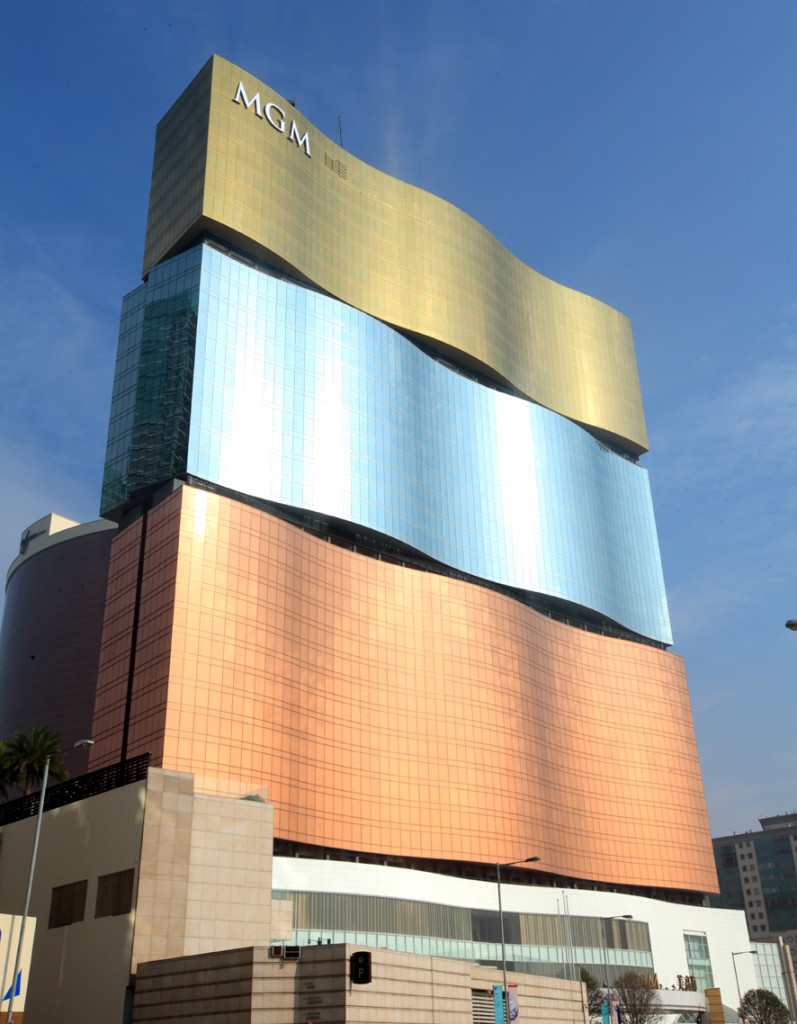 JRP recently finished work on the New Asia Society Headquarters and Cultural Centre in Admiralty. This contract featured the transition of former British Military Explosives Magazine into Hong Kong Asia Society’s brand new and world-class cultural centre.
JRP recently finished work on the New Asia Society Headquarters and Cultural Centre in Admiralty. This contract featured the transition of former British Military Explosives Magazine into Hong Kong Asia Society’s brand new and world-class cultural centre.
Throughout their history JRP has maintained a commitment to serve the communities in which they work. Driven by an internal social service group, developed with the aim of community involvement and charity, it is no wonder JRP has been named one of Hong Kong “Caring Companies” for the last five years.
Throughout the world there is a notable shortage of high-level talent in the field of engineering. In order to secure their future, JRP along with the rest of the engineering industry, must confront this fact.
This fact rings true with HK Yung, “In the past we would always say that a career in engineering was a steady life with a steady income. We thought this was important and could not dream of big fortunes. I think a life in engineering is rewarding and steady still, but I am not sure this is drawing talent away from the financial sector and into the steady life of careers in technology and engineering.”
Another challenge JRP faces in terms of staff recruitment will come from internal markets. The work of a Mechanical and Electrical Engineer is not always visible; that is to say the work in building services is mostly behind the scenes; unlike civil and structural engineering in high profile infrastructure projects that are highly visible. The work of an M & E Engineer is felt rather than seen; for instance you feel the air conditioning, you experience the lighting levels and utilise the technology silently and productively in your daily life.
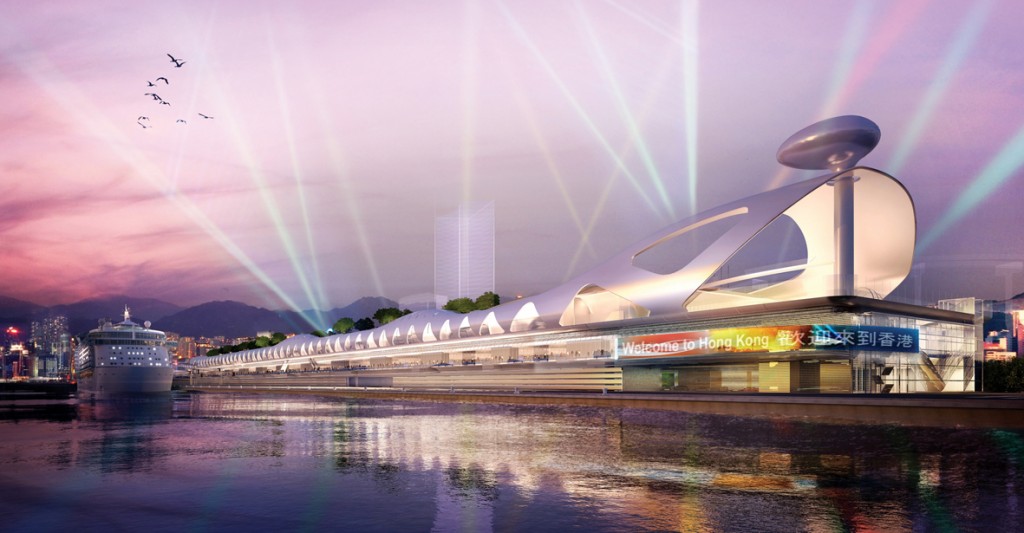 Perhaps their most effective recruitment tool has been an internal training programme for high-potential employees known as “Scheme A”; a programme certified by the Hong Kong Institution of Engineers. From the beginning of this training program, the goal of JRP management is to help their strongest employees define and promote a steady and rewarding career path. The more than thirty graduates who are taken into the programme annually are given expert mentoring, specialized project training and an opportunity for 5 – 8 weeks of overseas exchange training. This Hong Kong based programme challenges its participants with increasingly more difficult tasks. The programme’s effectiveness is evident as its first graduate is now one of the four company directors. J. Roger Preston will celebrate its 50th anniversary in Hong Kong this April.
Perhaps their most effective recruitment tool has been an internal training programme for high-potential employees known as “Scheme A”; a programme certified by the Hong Kong Institution of Engineers. From the beginning of this training program, the goal of JRP management is to help their strongest employees define and promote a steady and rewarding career path. The more than thirty graduates who are taken into the programme annually are given expert mentoring, specialized project training and an opportunity for 5 – 8 weeks of overseas exchange training. This Hong Kong based programme challenges its participants with increasingly more difficult tasks. The programme’s effectiveness is evident as its first graduate is now one of the four company directors. J. Roger Preston will celebrate its 50th anniversary in Hong Kong this April.
The notable practice was involved in the construction of a vast number of Asia’s most important buildings. However, strength greater than the sum of JRP’s experience is perhaps the firm’s ultimate commitment to the communities in which they work. With its heritage, technical competence and pool of talents, JRP stands ready to embrace evermore challenging and dynamic projects in the years ahead.
For more information on J. Roger Preston Ltd., please visit www.jrp-group.com












